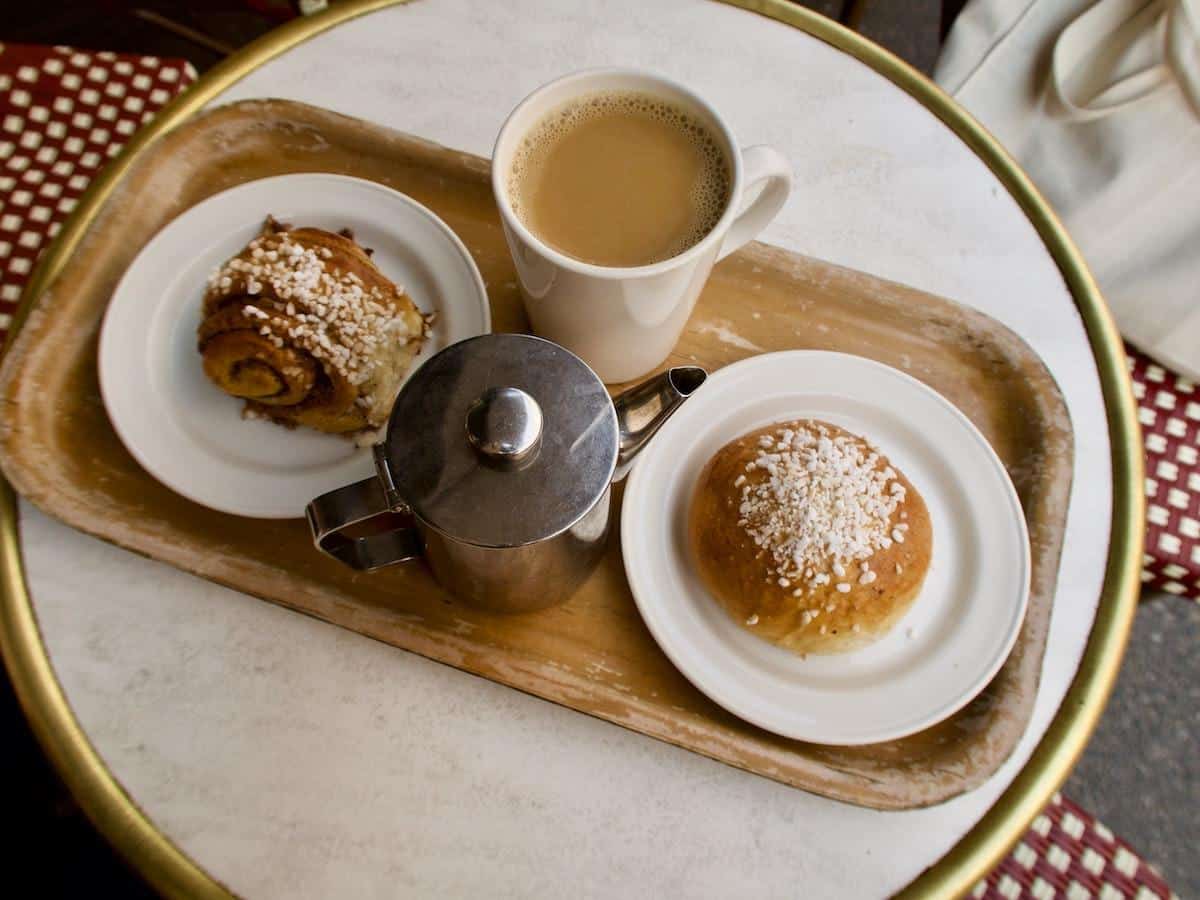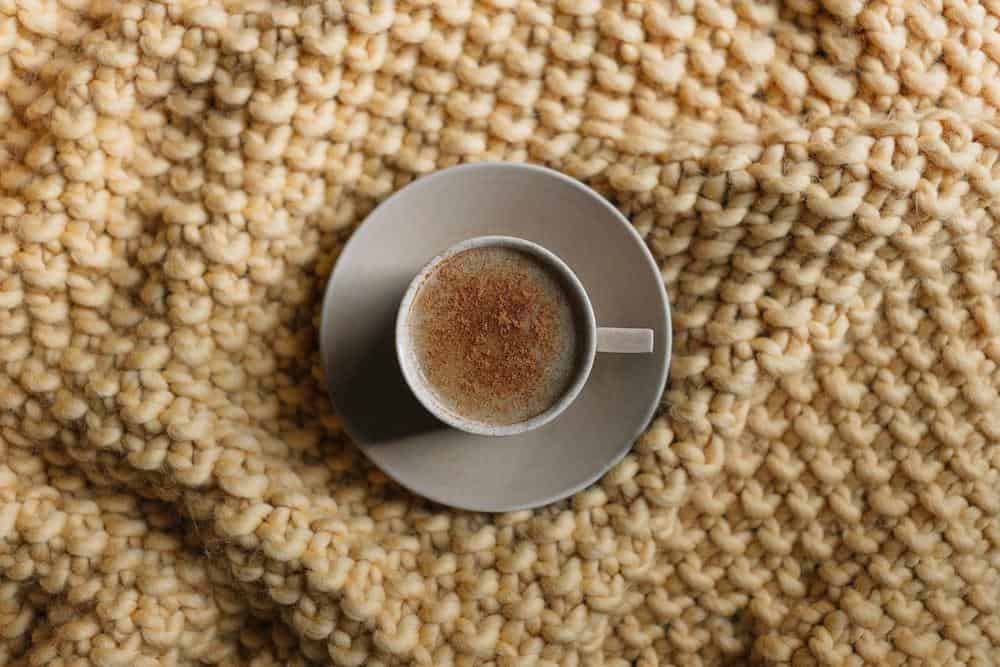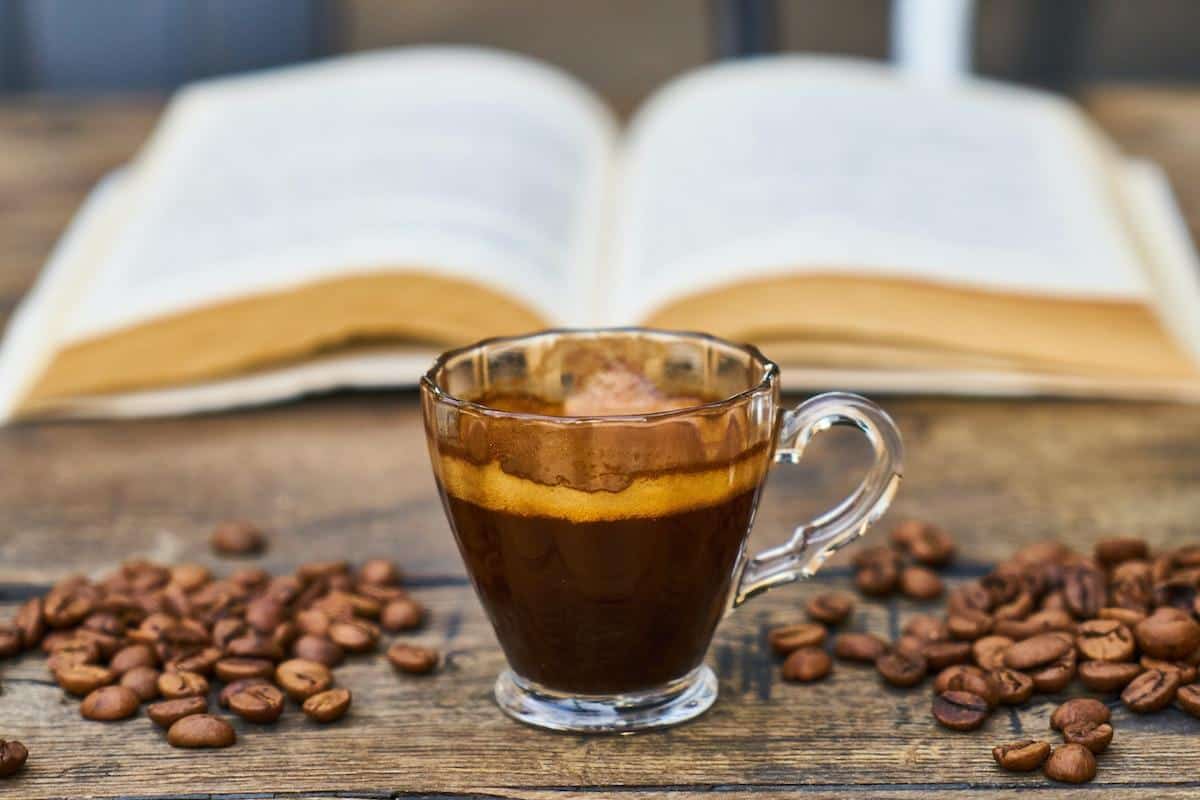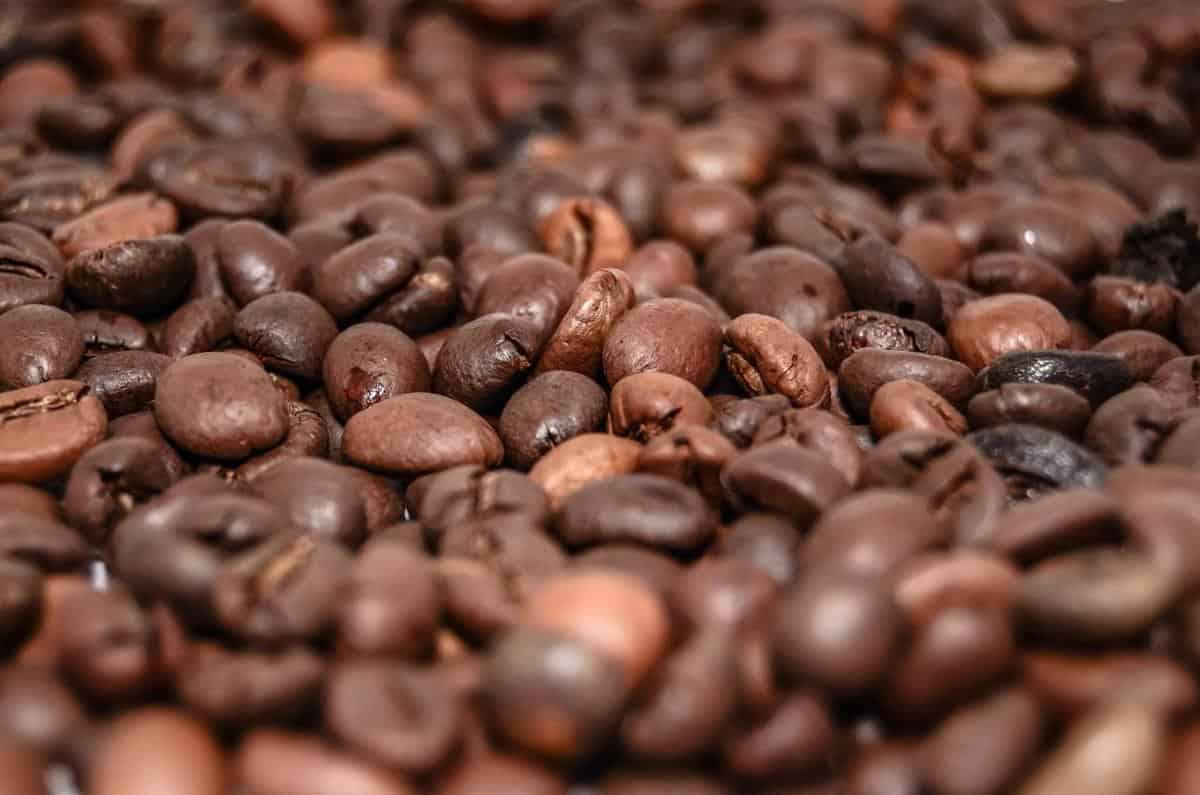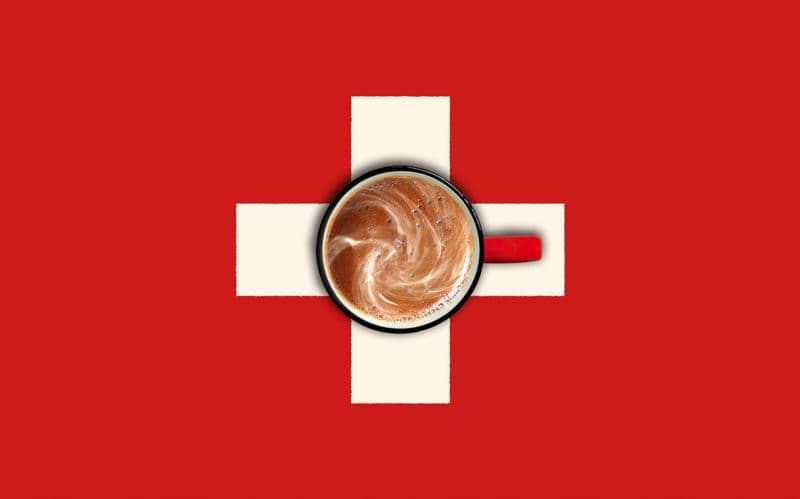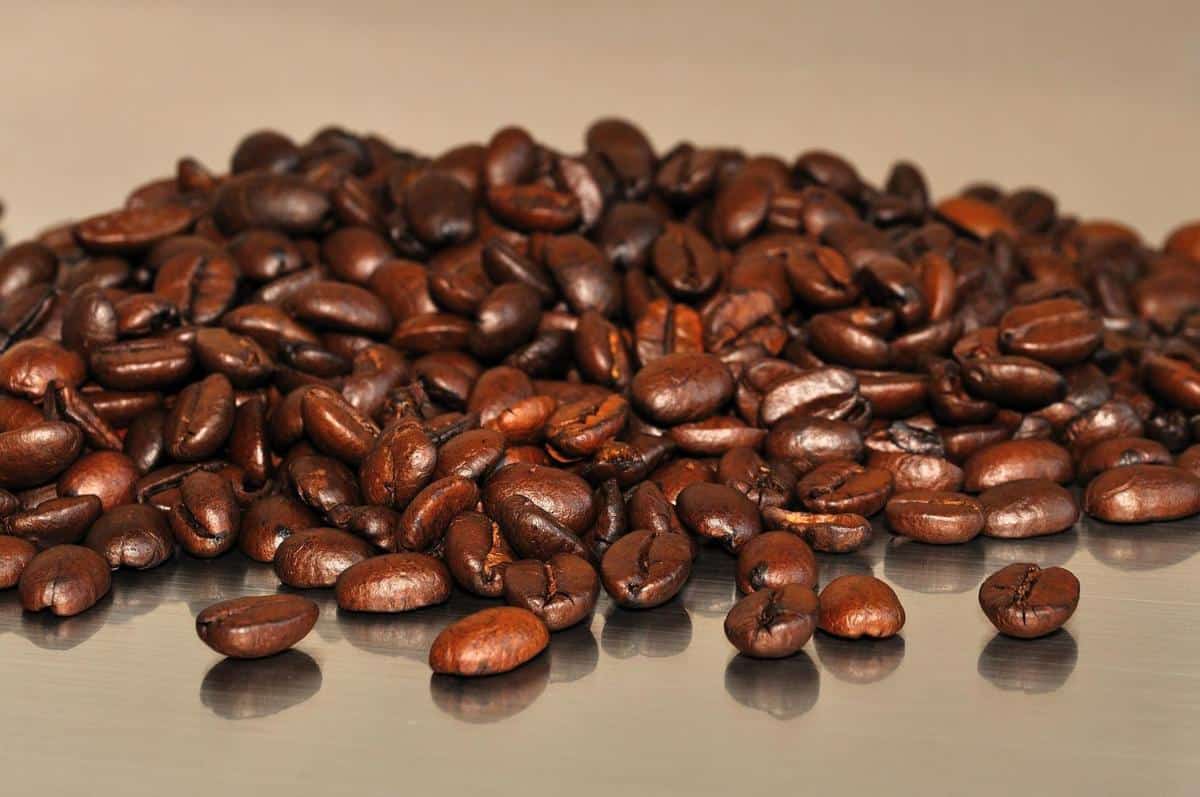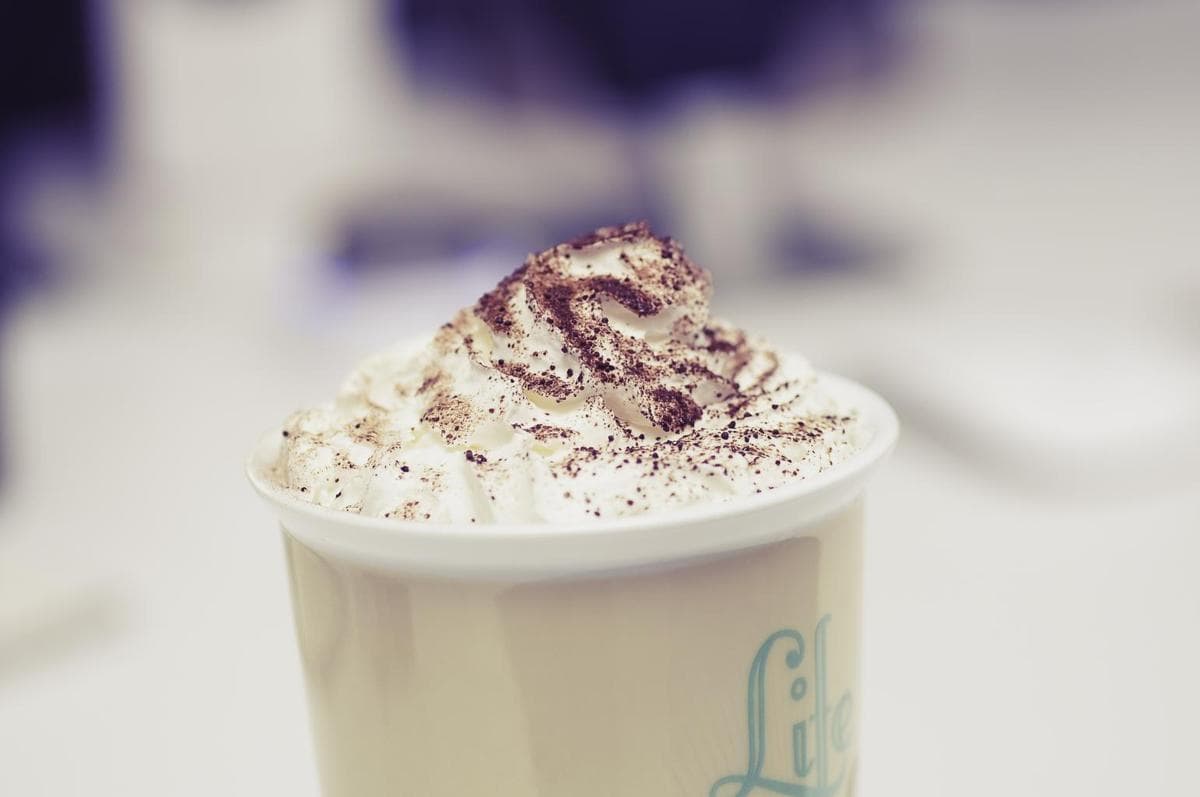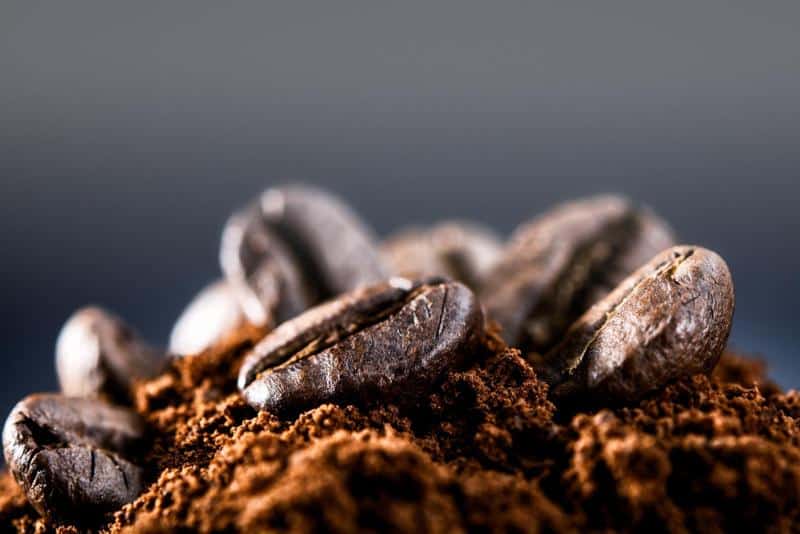If there is one thing Scandinavians are known for, it’s their love for coffee. In this introductory section, we will delve into the secret behind Scandinavia’s coffee obsession and explore how this beloved beverage has become an integral part of their culture. From the rich history of Scandinavian coffee to the rise of specialty brews, we will uncover the unique characteristics and rituals that make Scandinavian coffee a true delight.
For centuries, coffee has been a staple in Scandinavian households, with its consumption deeply rooted in tradition and community. From the bustling cafés of Oslo to the cozy kitchens of Stockholm, coffee plays a central role in Scandinavian social gatherings and daily routines. But what sets Scandinavian coffee apart from the rest?
One key aspect is its light roasts and bold flavors. While other regions may prefer dark or medium-dark roasts, Scandinavians have embraced a lighter approach to their beans, allowing for a more nuanced flavor profile to shine through. This dedication to quality and craftsmanship has paved the way for what is now known as third-wave coffee – a movement focused on highlighting unique flavors from single-origin beans.
Join us as we embark on a journey through Scandinavia’s rich coffee history, explore the art of brewing traditional methods like kokekaffe and karsk, discover delectable pairings and pastries, uncover DIY recipes to unleash your inner barista, and finally reveal where you can find authentic Scandinavian coffee at its finest. So grab your favorite mug, prepare to be captivated by this caffeinated culture, and start your mornings on an energizing note – Scandinavian style.
The history of Scandinavian coffee culture is a fascinating journey that dates back centuries. From its humble beginnings in the Viking era to the rise of specialty brews today, coffee has always held a special place in Scandinavian society.
Coffee first made its way to Scandinavia in the 17th century, and it quickly became an important part of daily life. It was initially used for medicinal purposes, but soon people began to enjoy it for its unique flavors and stimulating effects. By the 19th century, coffee had become a staple in Scandinavian households, with traditional brewing methods such as kokekaffe and karsk being popular.
In recent years, there has been a resurgence of interest in specialty coffee in Scandinavia. The third wave coffee movement has gained traction, with independent roasters and cafes focusing on quality and sustainability. This shift towards specialty brews has allowed Scandinavians to explore different flavor profiles and brewing techniques, elevating their coffee experience to new heights.
Relevant Data
| Year | Key Event |
|---|---|
| 17th century | Coffee is introduced to Scandinavia |
| 19th century | Coffee becomes a staple in Scandinavian households |
| Current Times | Rise of specialty brews and third wave coffee movement |
Embracing Hygge
Scandinavian culture is known for its embrace of hygge, a Danish word that encompasses coziness, comfort, and contentment. Hygge is not just a concept; it is a way of life that extends to the rituals surrounding coffee in Scandinavia. The morning coffee ritual is a key component of embracing hygge and enhancing the overall morning experience.
In Scandinavian countries such as Denmark, Norway, and Sweden, enjoying a cup of coffee is not just about getting a caffeine fix-it’s about creating a peaceful and intimate moment to start the day off right. This ritual often involves taking time out of the morning routine to sit down with a freshly brewed cup of coffee, savoring each sip and fully immersing oneself in the present moment.
To fully embrace hygge in their coffee rituals, Scandinavians pay attention to every detail. From carefully selecting their favorite beans to brewing methods that enhance the flavors, every step of the process is deliberate and purposeful. Slow coffee brewing methods such as pour-over techniques or French presses are favored because they allow for a more mindful and contemplative approach to coffee preparation.
In addition to brewing techniques, Scandinavian coffee rituals also involve creating an inviting atmosphere. Lighting candles or cozying up with blankets while enjoying your morning cup brings an element of warmth and relaxation to the experience.
Taking the time to connect with loved ones over a cup of coffee can also contribute greatly to this sense of hygge. It’s common for friends or family members to gather around a table and engage in meaningful conversation while sipping their favorite brews.
Overall, embracing hygge in Scandinavian coffee rituals enhances the morning experience by promoting mindfulness, relaxation, and connection. By prioritizing these moments of tranquility and gratitude each morning, Scandinavians set themselves up for energized and fulfilling days ahead.
So why not take inspiration from this cultural practice and create your own hyggelig coffee ritual to enhance your mornings? Whether you prefer a simple solo moment or gathering with loved ones, incorporating hygge into your morning coffee routine can make a world of difference.
Scandinavian coffee is renowned for its unique characteristics, namely light roasts and bold flavors. Unlike many other coffee cultures around the world, Scandinavians have developed a preference for lighter roasts that showcase the natural flavors of the beans. This has become a defining feature of Scandinavian coffee and sets it apart from other regions.
The trend towards light roasts can be traced back to the early days of Scandinavian coffee culture. In the past, coffee was mainly imported from countries such as Colombia, Brazil, and Ethiopia. These beans were often roasted to dark or medium-dark levels to enhance their flavors. However, as Scandinavian coffee connoisseurs began to explore specialty brews and focus on the intrinsic qualities of each bean, they started opting for lighter roasts.
Light roasting allows the unique flavors and nuances of different coffee origins to shine through. It preserves the delicate acidity, fruity notes, and floral aromas that might otherwise be overshadowed by darker roast profiles. Scandinavian coffee drinkers appreciate these distinct flavors and seek out coffees with complex tasting notes.
Furthermore, the emphasis on bold flavors in Scandinavian coffee extends beyond just the roast level. The region is known for experimenting with various brewing techniques that enhance the intensity and richness of each cup. Whether it’s using methods like Espresso or AeroPress, or incorporating traditional brewing methods like Kokekaffe or Karsk (which will be discussed further in section 6), Scandinavians are constantly exploring ways to elevate their coffee experience.
To summarize, Scandinavian coffee stands out for its unique characteristics of light roasts and bold flavors. By opting for lighter roast profiles, it allows the natural flavors of the beans to take center stage while preserving intricate tasting notes. Whether you’re enjoying a cup at a trendy café or trying traditional brewing methods at home, embracing this distinctive style of coffee is sure to energize your mornings and awaken your taste buds.
| Characteristics | Description |
|---|---|
| Light Roasts | Scandinavian coffee favors lighter roast levels to showcase the natural flavors and preserve delicate acidity and fruity notes. |
| Bold Flavors | The emphasis on bold flavors extends beyond roast levels, with Scandinavians experimenting with various brewing techniques to enhance richness and intensity. |
Scandinavia has been at the forefront of the third-wave coffee movement, which emphasizes the high quality and unique flavors of specialty coffee. The region’s trendy cafes have become a hub for coffee enthusiasts looking to experience innovative brewing techniques and taste exquisite single-origin beans. Here are some of the trendiest cafes in Scandinavia that are worth a visit:
- Coffee Collective (Copenhagen, Denmark): Known for their commitment to sustainability and direct trade, Coffee Collective is a pioneer in the Scandinavian coffee scene. They work closely with farmers to source exceptional beans and roast them to perfection in-house. With multiple locations across Copenhagen, Coffee Collective offers a diverse menu of brewing methods, including pour-over, AeroPress, and siphon.
- Tim Wendelboe (Oslo, Norway): Founded by award-winning barista Tim Wendelboe, this Oslo-based cafe is a must-visit for coffee enthusiasts. Tim Wendelboe focuses on sourcing beans directly from farmers and carefully roasting them to highlight their intrinsic flavors. Their minimalist café allows customers to witness the art of coffee preparation up close.
- Koppi (Helsingborg, Sweden): Located in a former train repair shop, Koppi is an innovative café that takes immense pride in sourcing ethically produced beans from around the world. They offer an extensive selection of brew methods such as V60 pour-over and Chemex. Koppi also collaborates with local bakers to serve delicious pastries that perfectly complement their outstanding coffees.
- Fru Hagen (Aarhus, Denmark): Situated in Aarhus’ Latin Quarter, Fru Hagen is known for its cozy atmosphere and exceptional coffee offerings. This charming café prides itself on using only organic and sustainably sourced beans from small-scale farmers. Customers can choose from various brewing methods such as French press or espresso while enjoying Fru Hagen’s homemade cakes.
- Drop Coffee (Stockholm, Sweden): With a focus on transparency and traceability, Drop Coffee has established itself as one of Stockholm’s premier coffee destinations. They meticulously select beans from specific farmers and regions, resulting in unique flavor profiles. The café’s knowledgeable baristas are always happy to guide guests through their offerings, which include pour-over coffee, espresso-based drinks, and cold brew.
These trendy cafes represent just a fraction of the vibrant third-wave coffee scene in Scandinavia. Each establishment offers a unique experience that showcases the region’s dedication to quality and passion for coffee. Whether you’re a visiting coffee enthusiast or a local looking for your morning pick-me-up, exploring these trendy cafes will undoubtedly leave you energized and inspired.
Scandinavian coffee culture is deeply rooted in tradition, and the brewing methods used in the region are no exception. Two unique brewing techniques commonly found in Scandinavia are Kokekaffe and Karsk. These methods not only produce delicious cups of coffee but also offer a glimpse into the rich history and cultural heritage of the Scandinavian people.
Kokekaffe: Brewing Coffee Like the Vikings
Kokekaffe, which translates to “boiled coffee,” is a traditional Scandinavian brewing method that dates back to the Viking era. This ancient technique involves boiling water and coffee grounds together in a pot over an open fire or stove. The resulting brew is strong and bold, often enjoyed black or with a dash of milk.
The Kokekaffe method produces a rustic, hearty cup of coffee with distinctive flavors. It’s known for its full-bodied taste that is less acidic compared to other brewing methods. The long simmering process extracts rich oils from the coffee grounds, creating a robust flavor profile that is beloved by many Scandinavians.
Karsk is another traditional Scandinavian coffee drink that has its roots in Norway. This unique concoction combines brewed coffee with a shot of clear spirit such as aquavit or vodka. Originating from rural areas where alcohol was more readily available than fresh water, Karsk became popular among farmers as a way to stay warm during cold winter mornings while working outdoors.
The preparation of Karsk is simple yet effective. A cup of strong black coffee is poured into a small glass or mug, followed by a shot of spirits on top. The combination creates an invigorating drink with powerful flavors and an extra kick of energy.
While Kokekaffe and Karsk may not be as commonly practiced today due to modern brewing technologies, they serve as reminders of the rich cultural heritage associated with Scandinavian coffee. For coffee enthusiasts seeking to explore the depths of traditional brewing methods, trying Kokekaffe or Karsk is a must. These methods offer a unique and authentic experience that connects coffee lovers to the history and traditions of Scandinavia.
Scandinavian coffee culture is not just about the beverage itself but also the delicious pairings and pastries that accompany it. From traditional treats to modern creations, there is a wide range of options to enhance your coffee experience in Scandinavia.
One popular delicacy served with coffee in Scandinavia is småkaker, which translates to “small cakes” or cookies. These delectable treats come in various shapes and flavors, ranging from gingerbread to cardamom-infused options. They are usually thin, crisp, and perfect for dipping into a hot cup of coffee. Some common types of småkaker include pepparkakor (gingerbread cookies), sandkaker (sand cookies), and skorpor (twice-baked toast-like cookies).
Kanelbullar: Iconic Swedish Cinnamon Buns
No discussion of Scandinavian coffee delicacies would be complete without mentioning kanelbullar, the iconic Swedish cinnamon buns. These fluffy pastries are made from yeast-leavened dough infused with warm spices like cinnamon and cardamom. The buns are rolled up with a buttery filling, sprinkled with sugar, and often topped with pearl sugar or icing. Kanelbullar are perfect companions for a strong cup of Scandinavian coffee, providing a delightful combination of flavors.
Æbleskiver: Danish Pancake Balls
In Denmark, one popular pastry enjoyed alongside coffee is æbleskiver. These delightful treats resemble small pancake balls and have a fluffy texture inside while being crisp on the outside. Traditionally served during Christmas time, they can be enjoyed year-round as an accompaniment to your morning coffee. Æbleskiver can be filled with various ingredients, such as jam or Nutella, and are often dusted with powdered sugar.
When in Scandinavia, don’t miss out on trying these delightful coffee pairings and pastries that add an extra layer of enjoyment to your morning ritual. Whether you opt for traditional cookies like småkaker, iconic cinnamon buns like kanelbullar, or Danish pancake balls like æbleskiver, each bite will complement your coffee perfectly and provide a truly authentic Scandinavian experience.
Scandinavian coffee culture is not only about visiting trendy cafes and roasters, but it’s also about embracing the art of DIY coffee making. Unleashing the barista within is a wonderful way to not only personalize your morning cup of joe but also to experience the true essence of Scandinavian coffee. In this section, we will explore some simple and delicious DIY Scandinavian coffee recipes that you can try at home.
One popular DIY Scandinavian coffee recipe is the classic Swedish fika-style coffee. Fika is a cherished tradition in Sweden, where people gather to enjoy good company, conversation, and of course, coffee. To make your own Swedish fika-style coffee, start by brewing a strong pot of black filter coffee using freshly ground beans.
Serve it in a large mug and accompany it with traditional Swedish treats like cinnamon buns or cardamom-spiced cookies. The combination of the rich black coffee with the sweet pastries creates a delectable flavor pairing that will energize your mornings.
Another delightful DIY Scandinavian coffee recipe to try is the Finnish cardamom-spiced coffee. This aromatic and flavorful brew is a beloved staple in Finland and will surely wake up your taste buds in the morning. To make Finnish cardamom-spiced coffee, start by crushing several cardamom pods with a mortar and pestle to release their fragrant oils.
Add these crushed pods along with coarsely ground dark roast coffee to your French press. Pour hot water over them and let it steep for around four minutes before plunging the press. The result is a bold cup of brewed coffee infused with the warm notes of cardamom – perfect for cozying up on those cold Scandinavian mornings.
Whether you choose to indulge in the charming tradition of Swedish fika or savor a cup of Finnish cardamom-spiced brew, experimenting with DIY Scandinavian coffee recipes allows you to unleash the barista within and create unique flavors that suit your taste preferences. So why not start your mornings on an energizing note by trying these delightful recipes at home?
After all, Scandinavian coffee culture is not just about drinking coffee; it’s about creating a personal coffee experience that warms your soul and invigorates your day.
If you want to experience authentic Scandinavian coffee, there are a number of must-visit cafes and roasters that should be on your list. From traditional coffee houses to trendy third-wave shops, these establishments offer a range of unique and flavorful brews that capture the essence of Scandinavian coffee culture.
One popular destination for coffee enthusiasts is Tim Wendelboe in Oslo, Norway. This award-winning coffee shop and micro-roastery is known for its commitment to quality and sustainability. They source their beans directly from farmers and meticulously roast them in-house to bring out their distinct flavors. At Tim Wendelboe, you can sample a variety of Scandinavian-style brews, such as the light and floral filter coffees or the rich and velvety espresso.
Another noteworthy cafe is Cafe Europa in Copenhagen, Denmark. Located in the historic neighborhood of Christianshavn, this cozy spot offers a warm and inviting atmosphere perfect for enjoying a cup of Scandinavian coffee. They serve classic Danish brews like the kaffe blend, which is made by adding hot water to strong coffee concentrate. Pair it with one of their delectable pastries for the ultimate Scandinavian breakfast experience.
For those interested in exploring the emerging third-wave coffee scene in Scandinavia, Stockholm’s Drop Coffee Roasters is a must-visit destination. This specialty coffee shop has gained international acclaim for its high-quality beans and meticulous brewing methods. Their baristas are passionate about guiding customers through the intricacies of specialty coffee while creating an inviting space for conversation and community.
Whether you’re seeking tradition or innovation, these cafes and roasters offer a range of options to satisfy every palate. So if you find yourself traveling through Scandinavia or just looking to add some Nordic flair to your mornings at home, be sure to visit these authentic establishments where you can savor the unique flavors of Scandinavian coffee.
Conclusion
In conclusion, Scandinavian coffee culture is truly a unique and delightful experience that can energize your mornings in the most satisfying way. From its rich history and traditions to the rise of third-wave coffee and the delicious delicacies that accompany it, Scandinavian coffee offers a world of flavors and rituals to explore.
The art of Scandinavian coffee is not just about the beverage itself, but also about embracing the concept of hygge. This Danish term refers to creating a cozy and comforting atmosphere, often enhanced by the rituals of brewing and enjoying coffee. By incorporating these rituals into your morning routine, you can enhance your overall experience and start your day on a positive note.
One of the key characteristics that sets Scandinavian coffee apart is its light roasts and bold flavors. The focus here is on highlighting the natural complexities of the beans, resulting in bright and vibrant cups of coffee that are full of character. Whether you prefer a fruity Ethiopian roast or a nutty Brazilian blend, there’s something for everyone in Scandinavian coffee culture.
To truly delve into the world of Scandinavian coffee, it’s worth exploring the trendiest cafes and roasters that have popped up in recent years. The rise of third-wave coffee has led to an increased focus on quality and craftsmanship, with baristas dedicated to perfecting their craft.
Visiting these establishments not only ensures you’ll have access to some of the best coffees in Scandinavia but also gives you an opportunity to witness firsthand how passion for specialty brews has shaped this region’s coffee scene.
Frequently Asked Questions
Scandinavian coffee refers to the style and culture of coffee consumption in the Scandinavian region, which includes countries like Sweden, Norway, Denmark, and Finland. It is not limited to a specific type of coffee bean or preparation method but encompasses the overall coffee experience in these countries, which often highlights simplicity, quality, and social connection.
Scandinavian coffee is simply called “coffee” or “kaffe” in local languages. The term is not specific to any particular roast or blend but rather represents the general concept of brewed coffee in the Scandinavian context.
Scandinavians have various methods for making coffee based on their personal preferences and traditions. One common approach is using a drip brewer or a French press to brew their daily cup of joe.
Additionally, some also enjoy using a Moka pot or an espresso machine for a more concentrated and rich brew. Regardless of the method used, Scandinavians usually prioritize high-quality coffee beans and focus on achieving a balanced extraction that brings out the flavors without excessive bitterness.
While there isn’t one definitive answer for the most popular coffee in Scandinavia since tastes can vary across different regions and individual preferences play a role, one notable type is known as “Scandinavian roast.” This roast level tends to be lighter than what is commonly found in other parts of the world.
Light roasts allow for more delicate flavors and highlight the nuances of the beans themselves rather than emphasizing boldness or bitterness.
Scandinavian coffee is often described as having a milder flavor profile compared to some other regions’ coffees. The lighter roasting levels typically used allow drinkers to taste more subtleties such as floral notes, bright acidity, and fruity undertones inherent to certain beans.
Generally speaking, Scandinavian coffees may be less overpowering with caramelization flavors associated with darker roasts, creating a smooth and sometimes tea-like character that many find enjoyable. However, it’s important to note that taste can still vary depending on personal preferences and the specific coffee being brewed.

